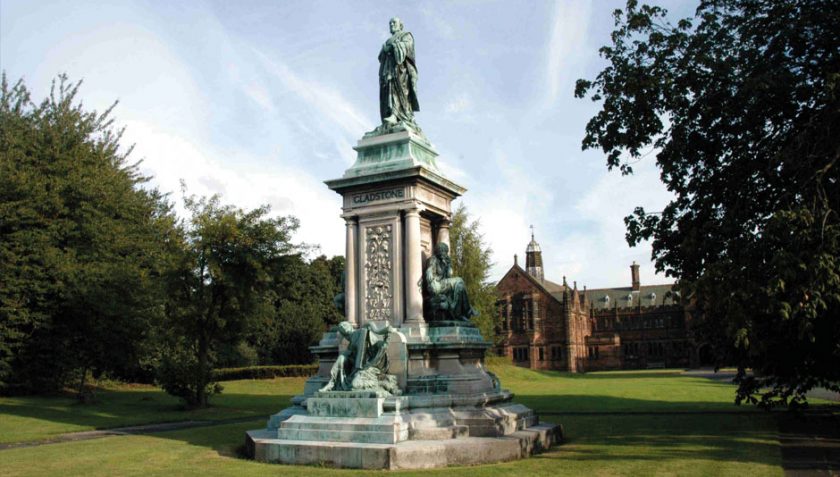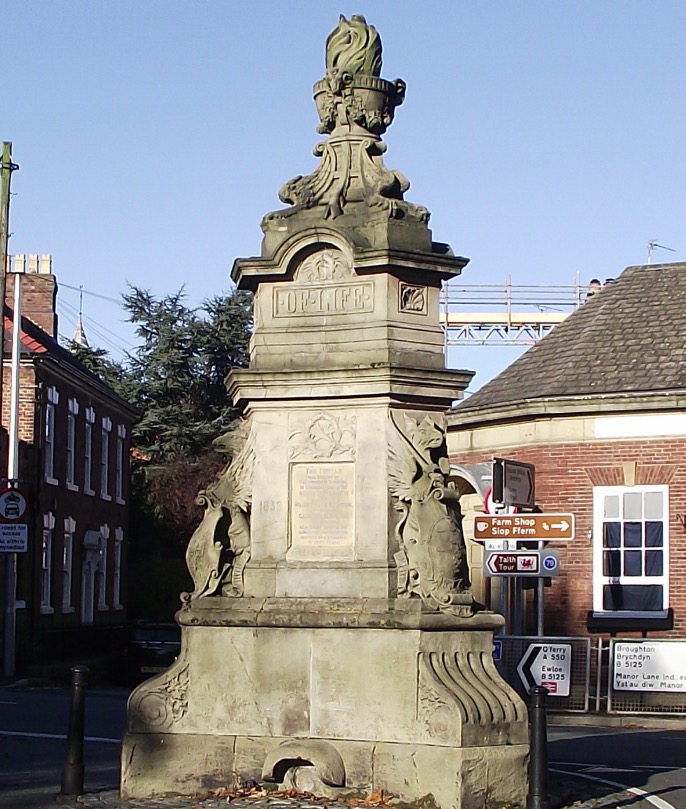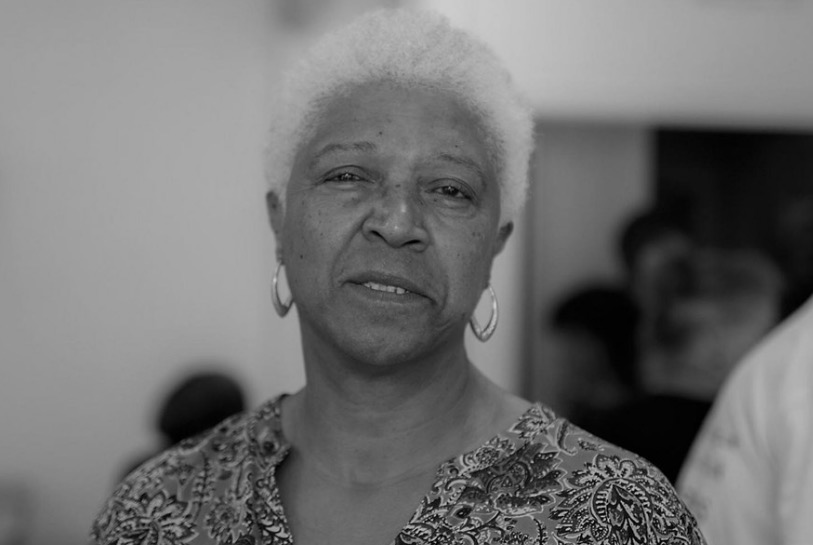Flintshire statues, streets and buildings ‘connected’ to the slave trade listed in urgently commissioned Welsh Gov’t audit

Over 200 Welsh statues, streets and buildings have been found to have connections to the slave trade, a nationwide audit has found.
In July, following the death of George Floyd and a month of action by the Black Lives Matter movement, First Minister Mark Drakeford ordered an urgent audit of statues, street and building names to address Wales’ connections with slavery and the slave trade.
The audit published today “shows the slave trade was embedded in the Welsh economy and society and reflected in many of our statues, street and building names today.” The Welsh government has said.
In total 209 monuments, buildings or street names, located in all parts of Wales, have been found to commemorate people who were directly involved with the slavery and the slave trade or opposed its abolition.
One of the most ‘commerated’ names in terms of the number on times mentioned in Welsh government audit is that of Gladstone with 34 entries.
Monuments, a library and 26 roads and streets in Wales have been named after former prime minister William Gladstone who lived in Hawarden.
Gladstone’s statues have been criticised by campaigners on the grounds of his father’s profits came from enslaved plantation workers and his own support for compensation of plantation owners at emancipation.
William Gladstone ‘appears to have had no culpability in slavery personally and he became one of the leading reformers of the nineteenth century.” The audit notes.
A large statue of William Gladstone situated in the grounds of the library which bears his name, appears on a crowdsourced map of ‘problematic statues’ titled “Topple the Racists.”
In wake of the Black Lives Matter protests, campaigners called for the removal of statues and memorials in the UK which “celebrate racism and slavery”.
Topple the Racists was “inspired” by direct action taken in Bristol which saw a statue of Edward Colston – who made his fortune in the slave trade – defaced, and pushed into Bristol Harbour during a George Floyd protest.
The Gladstone Memorial Fountain on the Highway in Hawarden also appears on the Welsh government audit published today.

Erected by the people of Hawarden to commemorate the golden wedding of W.E. Gladstone and his wife in 1889. It was unveiled on 29 December 1890, the former’s 81st birthday. Designed and sculpted by Edward Griffith of Chester after a public competition.
Gifford Pennant is another prominent name used in Flintshire, son of Henry Pennant of Holywell and Bagillt, Gifford Pennant arrived in Jamaica as a soldier in the 1650s. He had estates and 65 slaves as probate in 1676.
Pennant Street in Connah’s Quay, Ffordd Pennant in Mold and Ffordd Pennant in Mostyn could have been named after him or the family thr audit states.
Clarence Street in Shotton appears in the audit, Clarence is also one of the most commemorated names appearing on the list.
The Duke of Clarence (William IV) third son of George III, was a naval officer and later an admiral and a member of the House of Lords, where he spoke out strongly and on many occasions in favour of plantation owners and against abolition of the slave trade.
The audit notes – rather confusingly – that the Shotton street may not be named after the Duke.
Nelson Street in Shotton is named after Admiral Horatio Nelson, he led the Royal Navy to decisive victories during the Napoleonic Wars.
The audit notes that “while Nelson may have condoned the slave trade privately he may have supported West India interests, it is not clear whether either of them had any responsibility for the perpetuation of slavery.”
Stanley Street in Shotton is thought to be named after Henry Morton Stanley, the audit states, “the record of H. M. Stanley is stained by his alleged actions and the consequences of his known actions in Africa, but his personal culpability is a matter of ongoing dispute; passionate views are held on both sides.”
There are also several “persons of interest” associated with Flintshire named in the audit, including:
Frances Jones (1843) of Holywell, the daughter of a planter and co-owner of an estate on Barbados for which she was awarded compensation.
Jane Rowland (1840) of Mold, the audit says she was “probably the widow of Edward Rowland (d.1815), she claimed compensation for an estate in Jamaica relating to her late brother-in-law.”
The audit, led by Gaynor Legall, found that commemorations of people connected with the slave trade are often shown without any accompanying interpretation to address matters of contention. Without this, the figures are presented solely as role models rather than representatives of challenging aspects of the past.

Gaynor Legall
The research also found there are alarmingly few Welsh people of Black or Asian heritage commemorated across Wales, showing there is a need to consider how we should celebrate the contributions that all parts of our community have made to our country.
First Minister Mark Drakeford said:
“While the tragic killing of George Floyd happened almost 4000 miles away, it sparked global action that shone a light on racial inequality in society today.
“That inequality exists in Welsh society too and we must work towards a Wales which is more equal. To help us do this, we need a clear understanding of the legacies of the slave trade and the British Empire. This audit provides important evidence which helps us establish an honest picture of our history.
“This is not about rewriting our past or naming and shaming. It is about learning from the events of the past. It is an opportunity for us to establish a mature relationship with our history and find a heritage which can be shared by us all.
“This is the first stage of a much bigger piece of work which will consider how we move forward with this information as we seek to honour and celebrate our diverse communities.”
Gaynor Legall, Leader of the task and finish group who led the audit, said:
“This a piece of work that I am immensely proud of because it gives a very thorough, factual account of Wales’ involvement in the Slave Trade and expands our knowledge of the history of Wales. It will hopefully lead to children learning the complete history, warts and all.”
The audit and full list can be found here: gov.wales/slave-trade-and-british-empire-audit-commemoration-wales
Spotted something? Got a story? Email: [email protected]
Latest News
